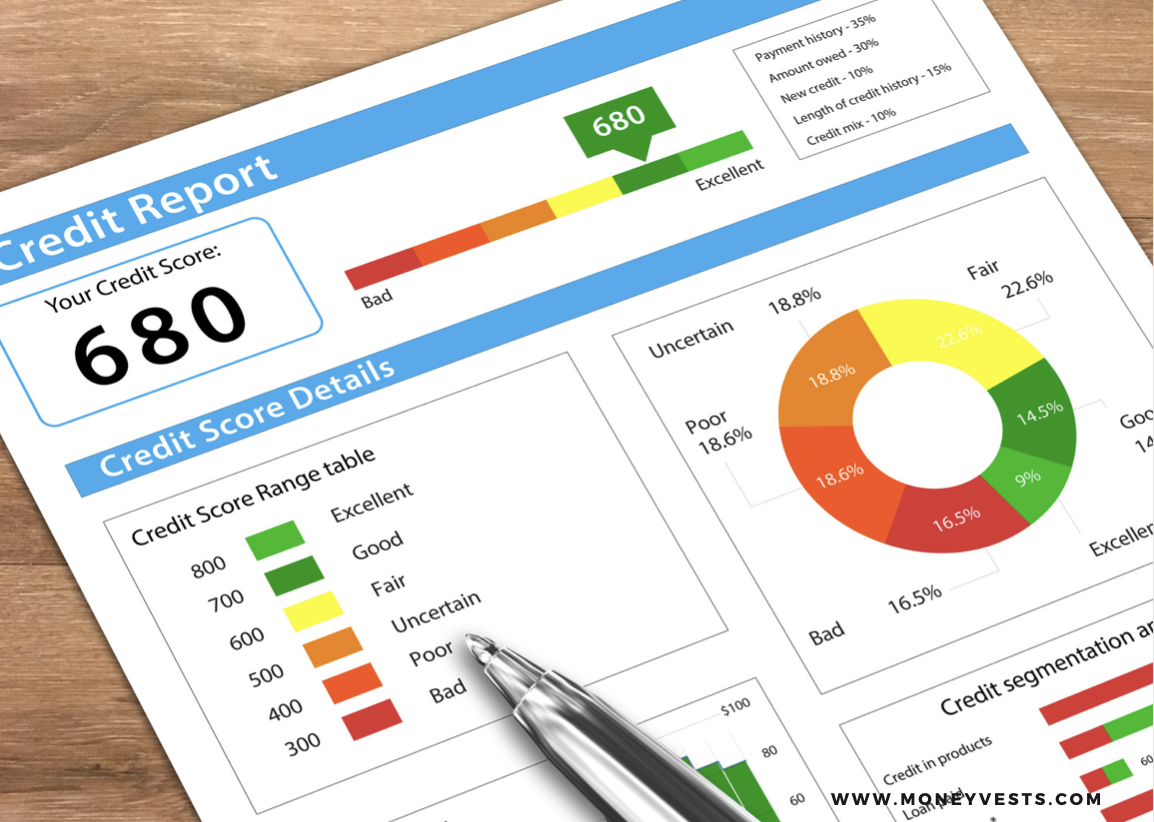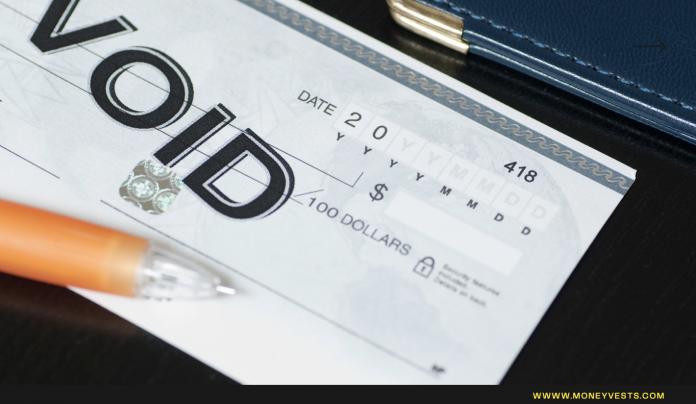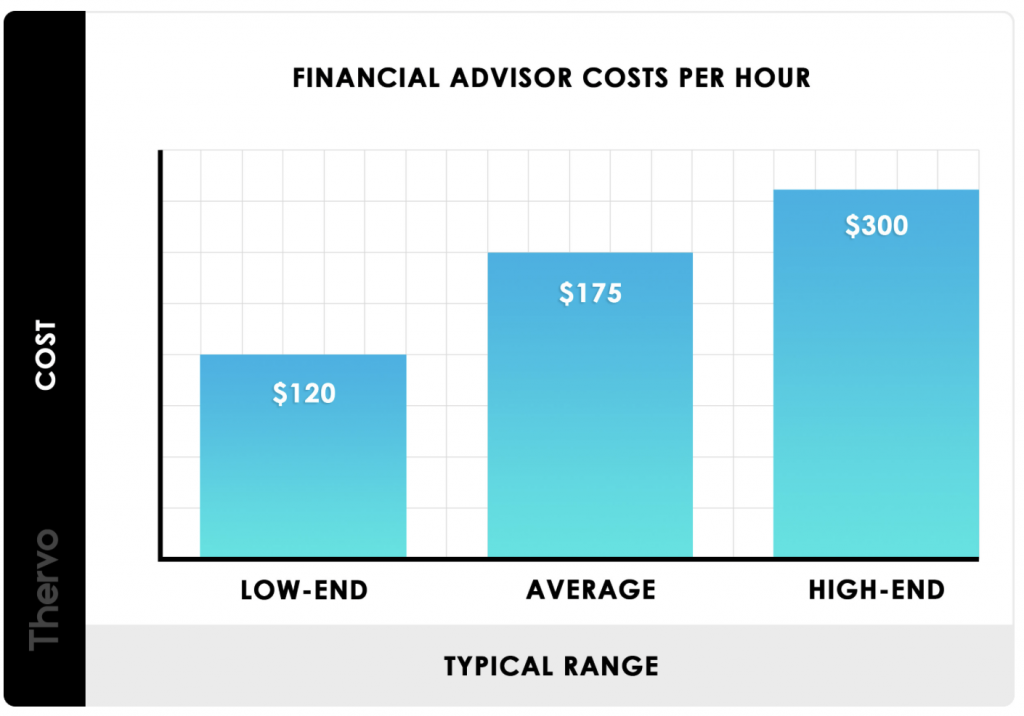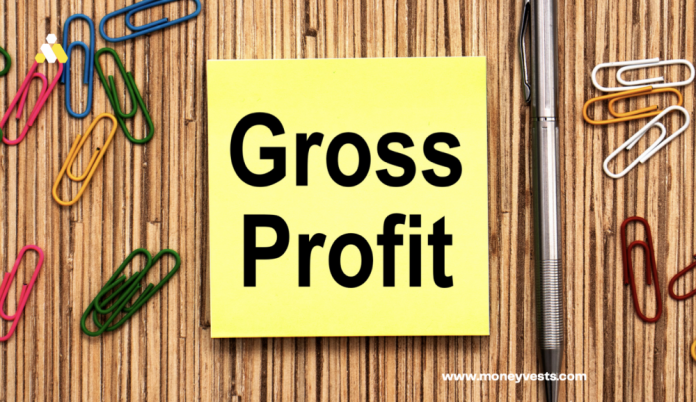6 Common Misconceptions About Student Loans
Introduction: I’m a financial expert and here are the FACTS about student loans
Topics: what you need to know about student loans, common misconceptions about student loans, best money advice for students, student loan repayment plans, how much do you need to earn to pay off loan faster
The cost of higher education is rising. And student loans are often the only solution to cover the rising costs.
One in five Americans owe more than $100,000 in student loans. The average graduate leaves college with $37,172 in debt.
FACT: Student loans are the second largest form of consumer debt in America.
Student loan debt can be crippling for borrowers, but isn’t always the best financial resource. It’s important to get all the facts before you take out a loan for yourself or your child/grandchild/ward/nephew/niece who just graduated from high school or college and wants to get an advanced degree at an out-of-state university that will be worth it in terms of salary potential later on down the road.
Student loan Money not free “Free”
Money is never free and student loans carry an interest rate that is compounded daily. This means that the interest will continue to grow and accumulate.
Student loans are an important form of financing for most students. However, it is also one of the most misunderstood.
Student loans are often taken on by students when they need to pay for their education upfront, which can be expensive and difficult to do.
Student loans are often taken on by students when they need to pay for their education upfront, which can be expensive and difficult to do.
There is a common misconception that student debt is not different than any other type of debt because the debt must be repaid with interest in order to prevent defaulting or bankruptcy.
This is incorrect because student debt cannot be discharged in bankruptcy just like any other type of debt, but it does have special repayment provisions that apply only to student loans.
Student Loans are Not Always Bad
Topics: misinformation on student loans, why some people recommend taking out private loans
The article is aimed at people who are considering taking out student loans. It provides information about the pros and cons of different types of loans, so the reader can make an informed decision.
According to the article, private student loans can be more expensive than federal loans, and readers are advised to conduct research before taking out any type of loan.
Students who wish to repay their student loans earlier or easier can obtain a more favorable loan from a private lender than the existing loan.
To refinance a student loan, students must conduct thorough research, compare numerous options, and choose among the best companies to refinance student loans.
It also discourages people against taking out student loans to purchase cars or other luxury items.
Graduates Have to Pay Back Their Debt
The exponential increase in the cost of higher education has led to a rise in student debt. In 2016, there was a record $137 billion in outstanding student loan debt.
The average amount a graduate owes after a four-year degree is currently sitting at $37,172.
In order to get rid of debt faster, graduates should make sure to enroll in one of three repayment plans: extended repayment, graduated repayment and income-based repayment.
The extended repayment plan is the best one because it gives you up to 25 years until you have paid off the full amount of your loan which is really helpful if you are trying to get on your feet and start saving money for retirement or other goals.
There is an Optimal Amount of Debt to Take Out When You Graduate College
Topics: how much should students take out in debt when they graduate college, average amount of debt taken out by college grads.. The Payments are Higher Than Other Types of Loans Like Car or Credit Cards
In the United States, student loan debt is a major issue. Many people are struggling to pay back their loans and this is affecting their ability to buy a house or start a family. So, in order to fix this problem, it would be good if students know how much debt they should take out when they graduate college.
There is not an optimal amount of debt that you should take out when you graduate college because the amount of money that you have is different from other people’s.
In order for students to determine how much they should be taking out in debt when they graduate college, they need to consider their projected income per year and what type of lifestyle that they want when they graduate from college.
The following points should be taken into consideration before applying for a student loan:
1.”Student loans are easy to get.” This is not really the case because while the application process is straightforward, qualifying for the loan and getting it approved may not be.
2. “You don’t need a co-signer.” With many lenders, this is actually not true and you will need to provide a co-signer if you don’t meet certain criteria.
It’s important to find out about this from your lender up front so you can adjust your borrowing plans accordingly.
3. “It doesn’t matter what type of student loan you get.” There are many different types of loans with different terms and repayment schedules, so it’s important to understand the differences before deciding which one is right for your
There are 6 common misconceptions about student loans:
1. Student loans are the only way to gain access to higher education.
2. Student loans are not necessary because you can just work your way through college.
3. Student loans are only an issue for undergraduate students, graduate students do not have to worry about them.
4. Student loans are difficult to pay off if you don’t have a good paying job .
5. It is impossible to consolidate your student loan debt with other types of debt that you may have, such as credit cards or medical bills .
6. If you participate in a forgiveness program for student loan borrowers, your taxes will be automatically collected by the IRS and sent off right away without anyone having to do anything else
Fact Check
We strive to provide the latest valuable information for our readers with accuracy and fairness. If you would like to add to this post or advertise with us, don’t hesitate to contact us. If you see something that doesn’t look right, contact us




















